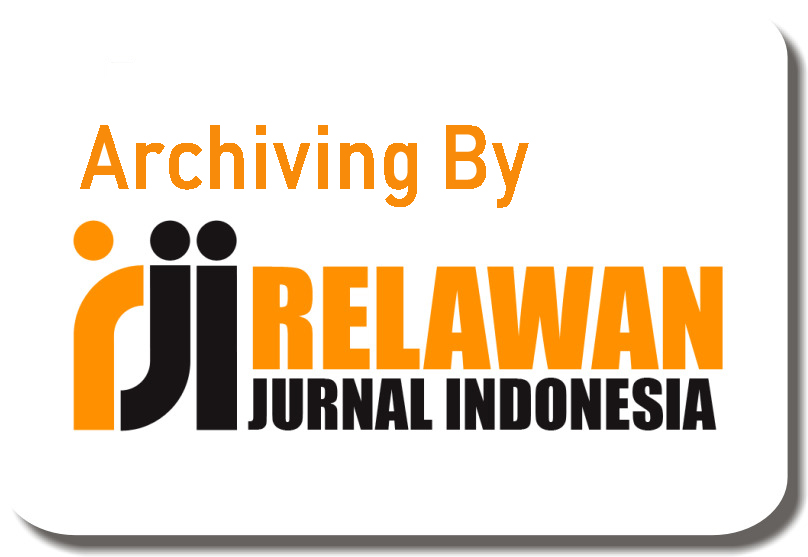Improvement Efforts Creativity through Activity Sand Painting for Children Aged 5 – 6 Years
Abstract
This classroom action research (CAR) aims to improve children's creativity through sand painting activities. The background of this study is the low level of creativity observed among children in group B3 at Az-Zahrah Islamic Kindergarten, Palembang. Many children still face difficulties in developing ideas, imagination, and creativity. They tend to imitate given examples, showing limited flexibility, originality, and innovation, and often appear hesitant to try new approaches. Furthermore, some children lack interest in coloring activities. Based on pre-cycle observations, out of 15 children, 13 (87%) were categorized as “Starting to Develop” (MB), while only 2 children (13%) reached the “Developing as Expected” (BSH) category. The research was conducted over two cycles, with each cycle consisting of six meetings. The participants were selected using purposive sampling, focusing on group B3 students. Data were collected through observations, checklists, and field notes. The results of the study show that in Cycle I, 11 children (73%) achieved the BSH category. In Cycle II, the number increased to 12 children (80%) in the BSH category, and 4 children (20%) reached the “Very Well Developed” (BSB) category. These findings indicate that sand painting activities are effective in enhancing children's creativity. Therefore, it is recommended that teachers incorporate sand painting into their learning activities to foster creativity among young learners.
Keywords
Full Text:
PDFReferences
Indriyani, M., Suryadi, D., & Puspasari, E. 2024. Application of finger painting for increase creativity in early childhood group B6 of Pertiwi 1 Kindergarten, Bengkulu City. Triadik, 23(1), 113–122.
Lestandy, M., Nugraha, A., Hamidah, A. S., Damayanti, A. F., Rachmawati, D. N., Soultoni, F. H., & Putri, R. A. 2024. The use of educational game tools to improve children's creativity in ABA 16 Malang Kindergarten. Community Development Journal: Jurnal Community Service, 5(2), 3186–3190.
Nurjanah, N. E. 2023. Optimization early childhood creativity through application. [Nama jurnal tidak disebutkan – mohon lengkapi].
Rohman, M. A., Utami, R. E., & Indiati, I. 2021. Analysis of creative mathematical thinking ability of students reviewed from self-concept. Imaginary: Journal of Mathematics and Mathematics Education, 3(2), 88–98. https://doi.org/10.26877/imajiner.v3i2.7243
Sahla Sabilla, L. 2022. Increase fine motor ability in early childhood through creative play using plasticine in Darul Falah Kindergarten. Jurnal Ilmiah Pendidikan Anak Usia Dini, 4(2), 44–55. https://doi.org/10.33387/cp.v4i2.4529
Sumarli, Suwanto, I., & Wiwit. 2019. Creative thinking ability of grade V elementary school students on ecosystem theme reviewed from personality types. Journal of Educational Review and Research, 2(1), 69.
Widia, M., & Handayani, A. T. 2022. Efforts to improve fine motor skills through coloring pictures using colored sand in children aged 5–6 years at RA Ar-Ridho TG. Morawa academic year 2021–2022. Center of Knowledge: Journal of Education and Community Service, 2(2), 149–156.
DOI: https://doi.org/10.31004/jele.v10i2.754
Refbacks
- There are currently no refbacks.
Copyright (c) 2025 Susila, Yuni Dwi Suryani

This work is licensed under a Creative Commons Attribution-ShareAlike 4.0 International License.



